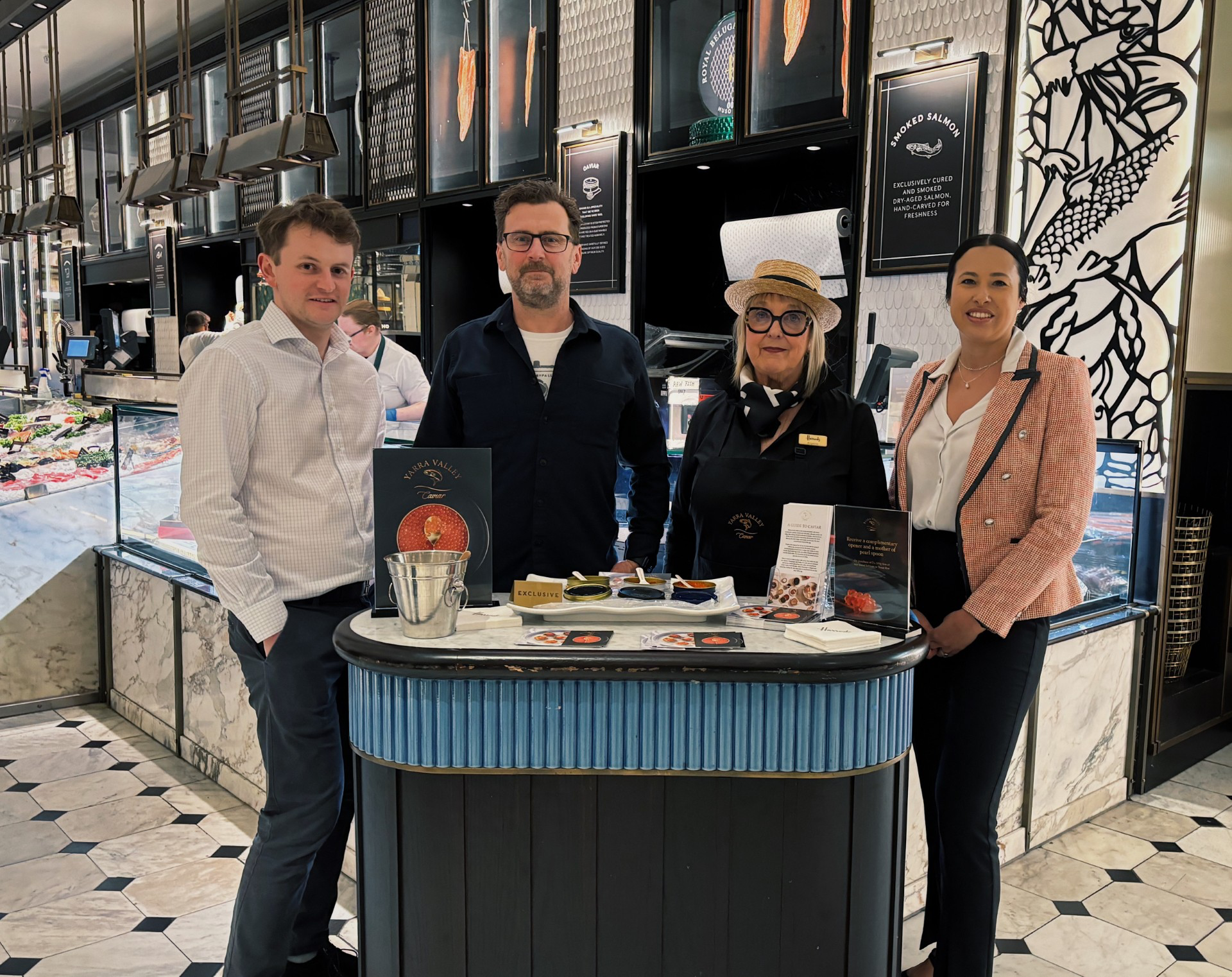- The Queensland Government will partner with universities and industry to develop a Quantum and Advanced Technologies Strategy
- Strategy will build on Queensland’s world leading research in developing compound semiconductors, photonics and quantum technologies
- Objective to build and attract advanced technology businesses to Queensland providing highly paid and skilled jobs
- Strategy will support commercialisation of research and intellectual property in Queensland to keep high value jobs in Queensland rather than going offshore
- Quantum technologies have applications across renewable energy, critical minerals, batteries, medicine and defence
The Palaszczuk Government will deliver a Queensland Quantum and Advanced Technologies Strategy by the end of the year to deliver more high value technology jobs building on the National Quantum Strategy. Queensland is a world leader in quantum and advanced technologies including compound semiconductors used in power electronics, LEDs and optoelectronic devices, photonics used in sensing and optical computing and Micro Electrical-Mechanical Systems (MEMs). Quotes attributable to Premier Annastacia Palaszczuk: “If we can develop production facilities for advanced technologies in Queensland, we can commercialise research and IP here instead of seeing it go offshore “The Quantum and Advanced Technologies Strategy will be developed to support training for quantum technologies and investment to ensure that those ongoing high value jobs are available in Queensland. “We will develop this strategy in consultation with universities and industry to support the development of a new quantum and advanced technologies sector in Queensland.” Quotes attributable to University of Queensland Vice-Chancellor Professor Deborah Terry University of Queensland Vice-Chancellor Professor Deborah Terry said the strategy would actively contribute to the growth of Queensland’s capabilities.
“Quantum technologies promise to help address national and global challenges, and our researchers are at the forefront of discovery science and are connected with the most advanced experimentation taking place anywhere.
“Importantly, they are also collaborating with industry partners to translate their discoveries into practical applications and devices.
“We are already an important training ground for the next generation of quantum scientists and the strategy will help create a pipeline of talent to ensure continued excellence for the years to come.” Background: Existing industry and research capacity in Queensland includes Silanna Semiconductor Pty Ltd, Queensland Semiconductor Technologies Pty Ltd, Semefab Limited and the Queensland Microtechnology Facility. There is significant research grade equipment including at ANFF-Q, Griffith University, at the University of Queensland, the Queensland University of Technology and the University of Southern Queensland to support the emerging quantum and advanced technologies sector. The next step is to develop production scale facilities to support commercialisation. Advanced technologies are compound semiconductors (particularly power electronics and photonics), photonics, MEMS, and quantum technologies. Quantum technologies are devices that are designed to exploit one or more of the fundamental aspects of quantum mechanics, i.e. wave-particle duality, superposition, entanglement, quantum measurement. Compound semiconductors are devices that are made from two or more elements e.g. silicon carbide (SiC) or gallium nitride (GaN), cf. Elemental semiconductors made from a single element like silicon. These compound materials have properties that allow for higher operating voltages, higher operating temperatures, and reduced power losses compared to traditional silicon-based devices.
Micro Electro-Mechanical Systems are miniaturised devices which incorporate two or more mechanical parts, electronics parts, optical parts, e.g. accelerometers for navigation. Photonics are devices that generate, manipulate, or detect light, e.g. light emitting diodes (LED), imaging sensors. Power electronics are devices for the control and conversion of electrical power, e.g. diodes, transistors, converters in electric vehicles.







